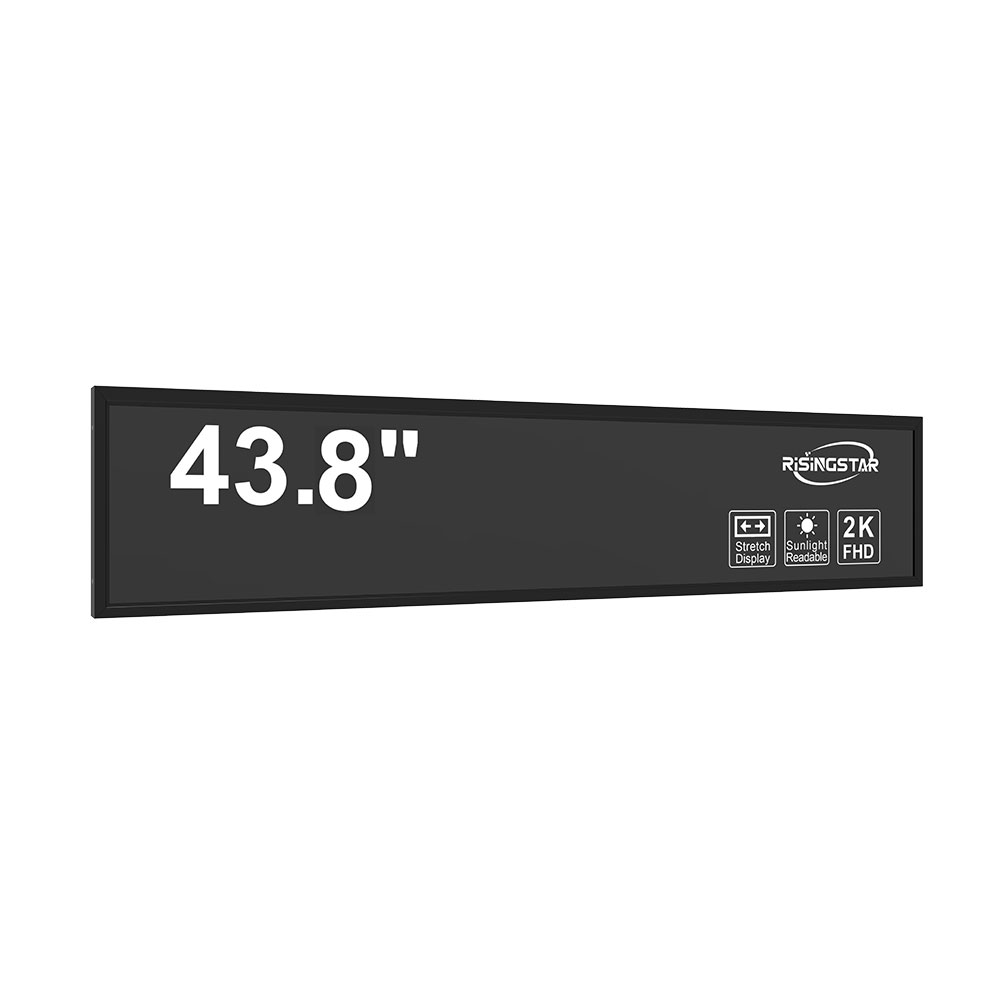- Home
- About Us
- Products
- News
- Video
- Contact
- Send Inquiry
Search
- Home
- About Us
- Products
- News
- Video
- Contact
- Send Inquiry

When it comes to connecting computers to monitors, two of the most historically significant video interfaces are DVI (Digital Visual Interface) and VGA (Video Graphics Array). While both were widely used in the early 2000s and beyond, their roles have evolved significantly with the rise of high-resolution displays, digital signal processing, and modern display standards like HDMI and DisplayPort. Understanding the difference between DVI and VGA is crucial for professionals in IT, AV integration, and consumer electronics, especially when troubleshooting legacy systems or designing new installations.
VGA, introduced by IBM in 1987, is an analog video standard that transmits RGB (red, green, blue) signals using three separate wires along with horizontal and vertical sync signals. This analog nature means VGA is prone to signal degradation over distance, resulting in blurry or pixelated images—especially at resolutions above 1080p. Its maximum resolution capability is typically capped around 2048x1536 (WQXGA), though real-world performance often drops below this due to signal quality issues.
DVI, developed in 1999 by the Digital Display Working Group (DDWG), was designed as a transitional digital interface to support high-definition displays without relying on analog signal transmission. It supports both digital and analog signals within the same connector type (via DVI-D for digital-only and DVI-I for integrated digital/analog). The most common variant, DVI-D, can handle resolutions up to 1920x1200 at 60Hz or even 2560x1600 at 60Hz depending on bandwidth. Unlike VGA, DVI preserves image clarity by transmitting pixel data digitally—eliminating the noise and distortion inherent in analog formats.

From a hardware perspective, DVI cables contain more pins than VGA (typically 24 pins vs. 15), enabling higher data throughput. DVI also supports HDCP (High-bandwidth Digital Content Protection), making it suitable for secure content delivery such as streaming HD movies or corporate presentations. In contrast, VGA lacks built-in encryption, making it less secure for sensitive environments.
In modern applications, DVI remains relevant in industrial settings, medical imaging equipment, and legacy kiosks where digital clarity and compatibility with older hardware matter. However, its usage has declined sharply since the mid-2010s as manufacturers shifted toward HDMI and DisplayPort for better audio integration, higher refresh rates, and support for ultra-high-definition (4K/8K) displays.
For end-users, choosing between DVI and VGA depends on several factors: device compatibility, required resolution, cable length, and future-proofing. If you're working with a system that only has VGA output and need a clear image at 1080p or lower, a high-quality analog-to-digital converter may be necessary—but ideally, upgrading to DVI or HDMI provides superior results. Case studies from public transport information systems, such as those deployed in London Underground stations, show that switching from VGA to DVI improved image sharpness and reduced maintenance costs related to degraded video signals over time.
In summary, while both DVI and VGA serve the core purpose of transmitting visual data from a source to a display, their underlying technologies differ fundamentally. VGA’s analog limitations make it obsolete for modern high-definition needs, whereas DVI offers a reliable bridge between legacy systems and digital-first displays. As global standards continue to evolve toward USB-C and DisplayPort, understanding these differences helps engineers, integrators, and users make informed decisions about infrastructure upgrades and display deployments.